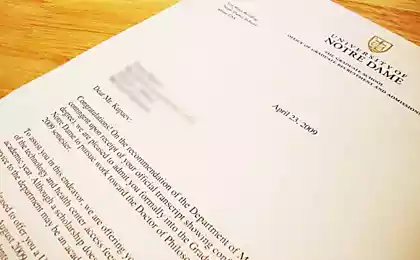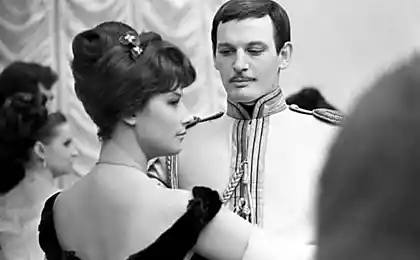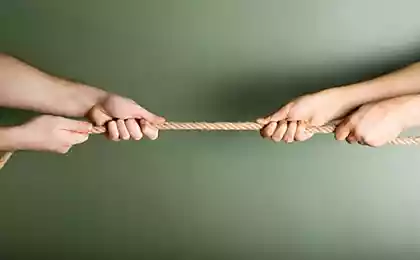241
A letter about a partner: a technique that will help to deal with feelings

Introduction. When relationships go through difficult stages or, on the contrary, seem cloudless, but there are some unclear feelings, a variety of techniques and methods are used. Among them, psychology knows special exercises that allow you to literally “write out” emotions, simplify their understanding and discover the hidden causes of problems or uncertainties. The so-called “partner writing technique” is one of the tools that experts recommend to use at times when there is confusion of feelings in a relationship with a loved one. This technique is among those that can be used both for self-diagnosis and in the framework of therapy under the guidance of a psychologist. In this article, we will look at the essence of “partner letters”, how to correctly approach this process and why the method is so effective when working on psychological harmony.
Why writing about your partner is helpful
A letter about a partner is not just a random set of reasoning. It has a number of important functions:
- Objectivization of internal dialogue. The written form helps to bring out the chaotic flow of thoughts and give them order. When we record our feelings, they become clearer.
- Analysis and structuring. The text format helps highlight key themes and emotions. Often, until we begin to describe the situation, we do not notice the hidden layers of our experiences.
- Relieving emotional tension. The process of writing on the principle of “put on paper” allows you to release accumulated irritation, resentment or anxiety, making them less destructive.
- Focus on the essential. When we write down the most important thing, we get rid of unnecessary details, habitual defensive reactions and find constructive ways to interact with a partner.
According to data published in the American Psychological Association, regular record keeping (including diaries, letters, essays, and other written practices) increases awareness and improves emotional well-being. Hence, it is clear why so many experts advise to master the technique of “letters” in the work on relationships.

How to write a letter about a partner
The main purpose of this exercise is to give yourself time and space for sincere reflection. It is important that you remain honest and try to find not the accusations, but the reason for your feelings. Before proceeding, note the following recommendations:
- Choose a quiet place. Create an environment where no one and nothing will distract you. Turn off notifications on your phone, try to immerse yourself in an atmosphere of complete privacy.
- Set a timer. Sometimes it’s easier for people to open up knowing there’s a limited amount of time, like 20-30 minutes. This “deadline” stimulates the flow of thoughts and does not allow you to hesitate for a long time.
- Write in the first person. Use the pronouns “I” and “me” to focus on your feelings and reactions rather than blaming your partner.
- Divide the letter into blocks. Write down why you are grateful to your partner. Then move on to what bothers or hurts you. End the text with positive perspectives, such as what you would like to achieve together.
Style and grammar should not be overly controlled. Allow yourself to write everything as it lies on the soul, so that later you can analyze the content, not the form.
What to do with a written letter
When you’re done, there are several scenarios before you:
- Just read and analyze. Sometimes it is enough that you put everything on paper. You can re-read the letter a few hours later or the next day and see the situation from the outside.
- Talk to your partner. If you feel the need, and your partner is open to dialogue, you can offer him to read the letter. But here it is important to warn in advance that this is not an indictment, but an invitation to talk.
- Save and rethink later. You may return to this letter weeks or even months later to see how your feelings have changed. This allows you to track the dynamics of the relationship.
The choice of strategy depends on your goals and the current state of the partner. Sometimes people feel embarrassed when trying to read someone else’s frank thoughts, so the decision to transmit a letter should be made consciously. However, even if you save the text only for personal use, its therapeutic effect will not be reduced.
Additional tools for self-help
The practice of writing about a partner can be complemented by other self-help techniques that make its effect even more tangible:
- Keeping an emotional journal. Regular notes about your feelings and reactions throughout the day will help to record moments of joy, resentment or anxiety, as well as identify patterns in relationships.
- Mindfulness meditation. If after writing the letter you feel a strong emotional outburst, you can take a few minutes of deep breathing technique or any other meditation to calm down and come to balance.
- Working with a psychologist. If a partner letter reveals deep-seated conflicts or severe emotional trauma, feel free to seek professional help to work through these layers with a specialist.
- Walking and physical activity. Relieving emotional tension can also occur through physical movement. A simple daily walk or jog will help balance the emotional background and stimulate a positive attitude.

Why the methodology works
From the point of view of psychological science, the process of recording thoughts contributes to the activation of many parts of the brain. When you try to structure feelings in writing, you are engaging the mechanisms involved in cognitive processing: linguistic areas, memory areas, and emotion areas. Research from Harvard University confirms that written practices can increase stress resistance and improve communication with others.
In addition, when writing about a partner, we can more easily feel empathy and discard the feeling of being right by default. The written word not only helps to understand ourselves, but also awakens in us a more sympathetic attitude towards the other person. This is due to the fact that we begin to analyze our emotions, origins and consequences, realizing that the partner is a person with their own vulnerabilities and needs.
Conclusion
The “partner letter” technique can become a kind of “compass” in the emotional world of relationships. It helps to honestly look at the current state of things and realize why this or that resentment matures in the soul, where hidden fears lie, or what difficulties require attention. This method is perfectly complemented by other practices of introspection and will be useful both in individual work and in family or couples therapy. The key is to remember the importance of self-honesty: only then can writing perform its diagnostic and therapeutic function. Regular written exercises of this kind enhance emotional literacy and strengthen the foundation for a healthy and harmonious partnership.























